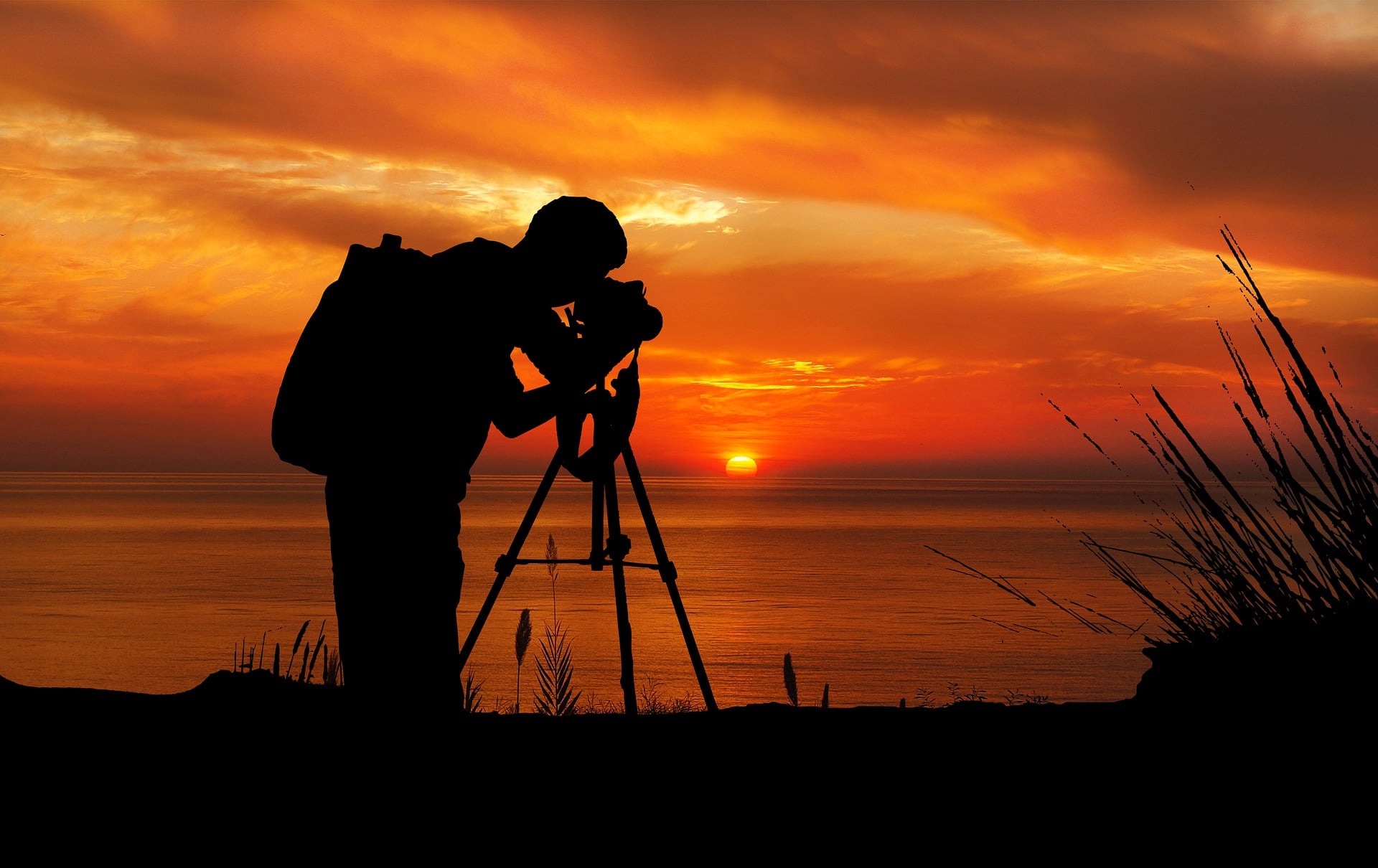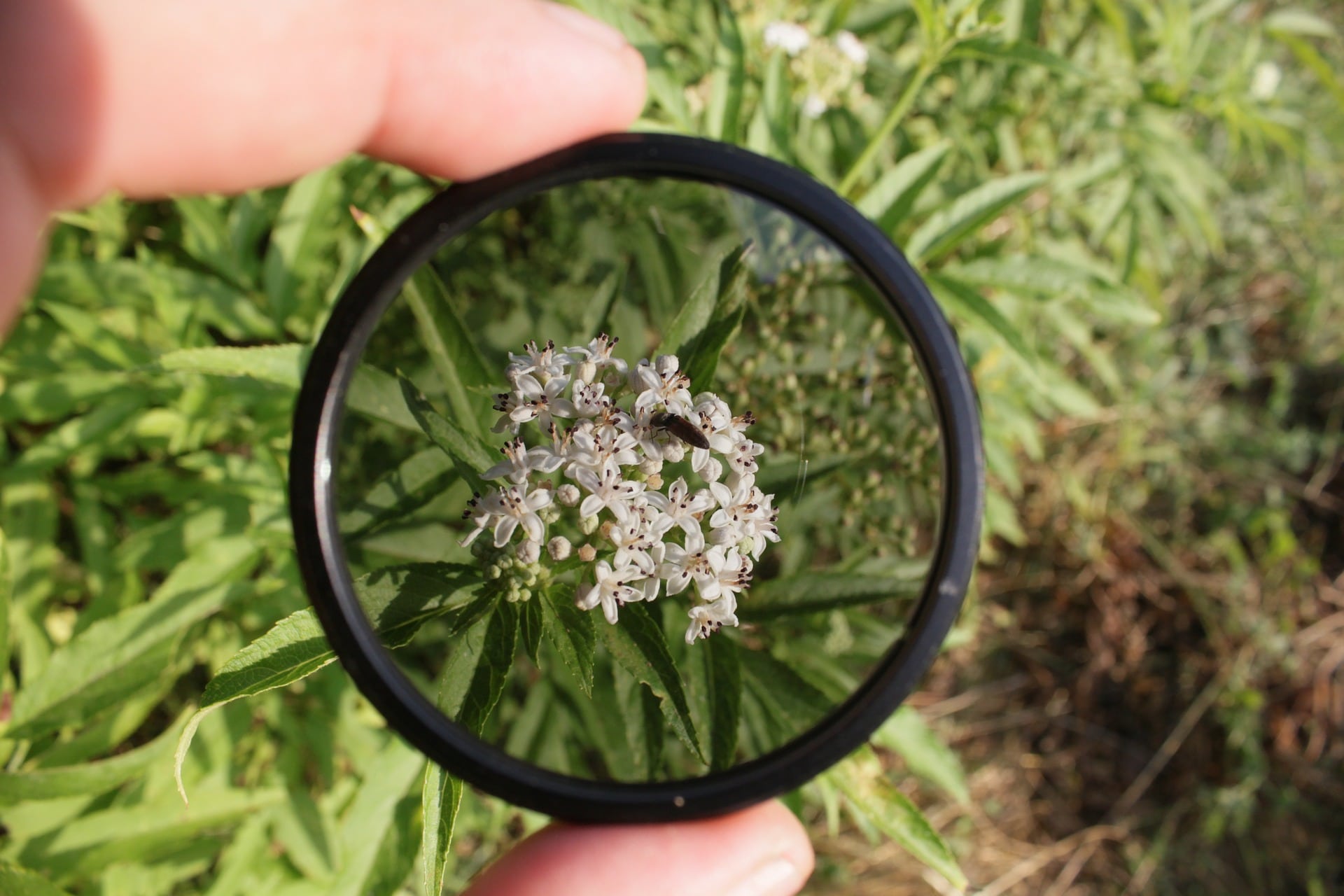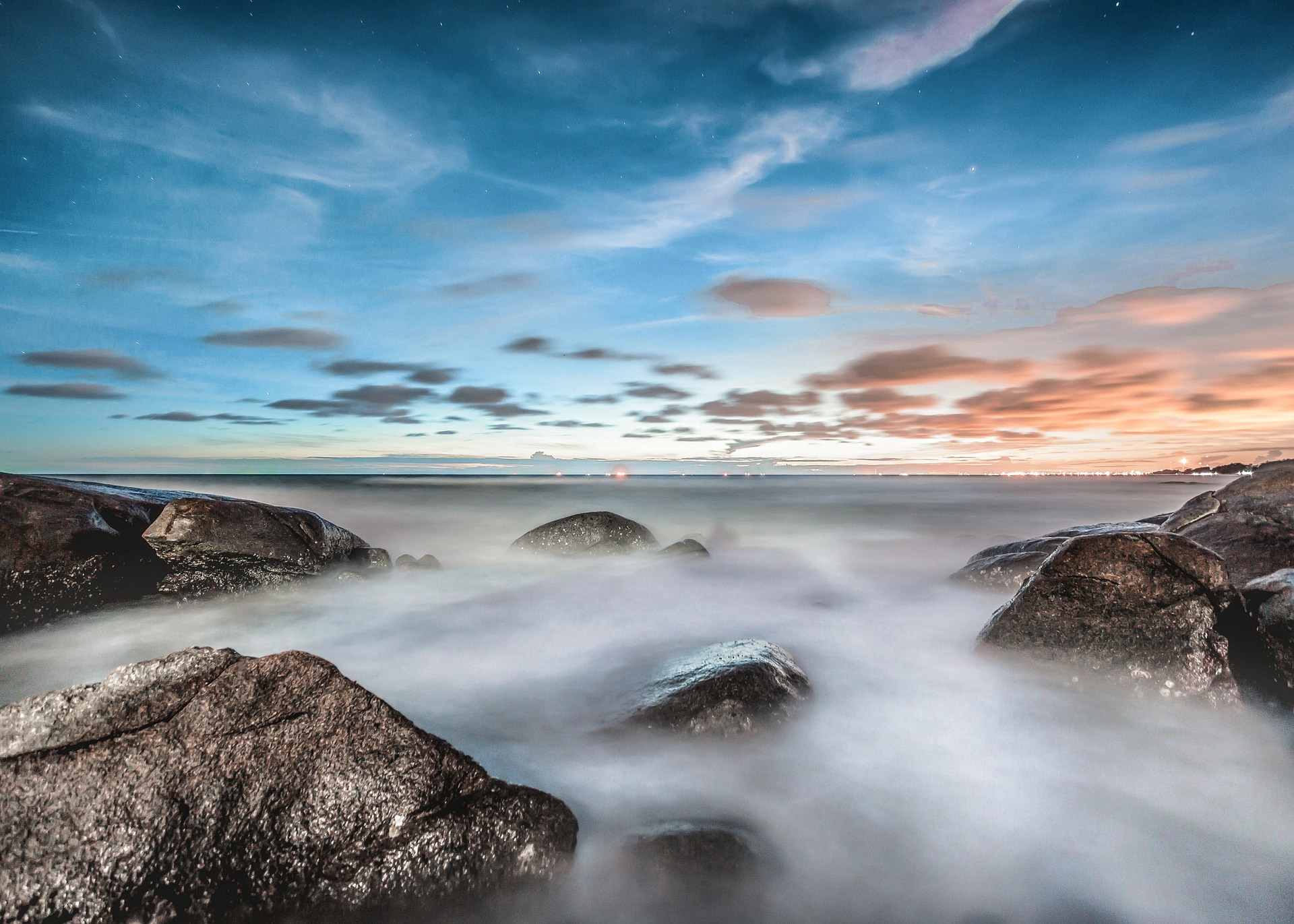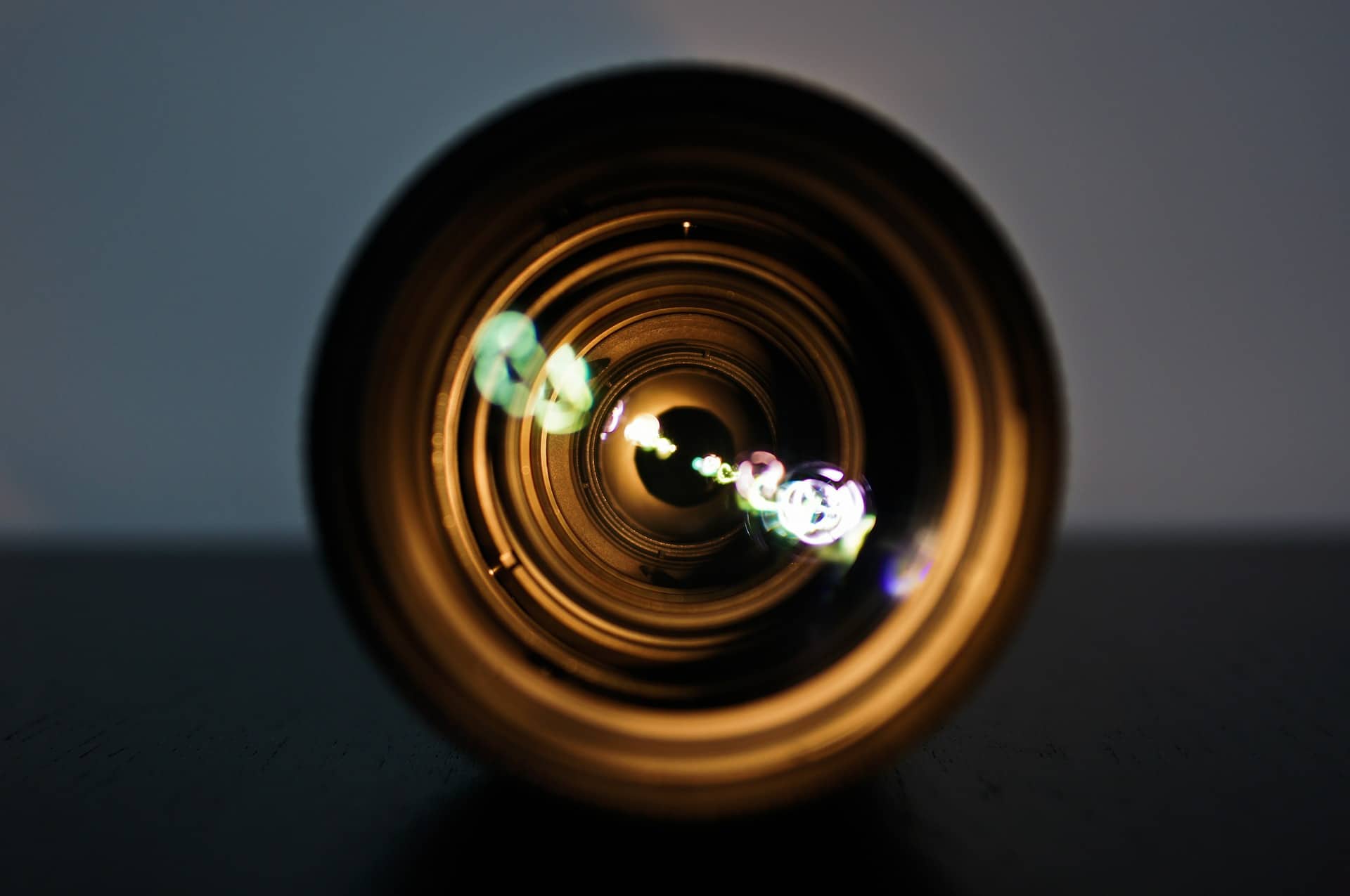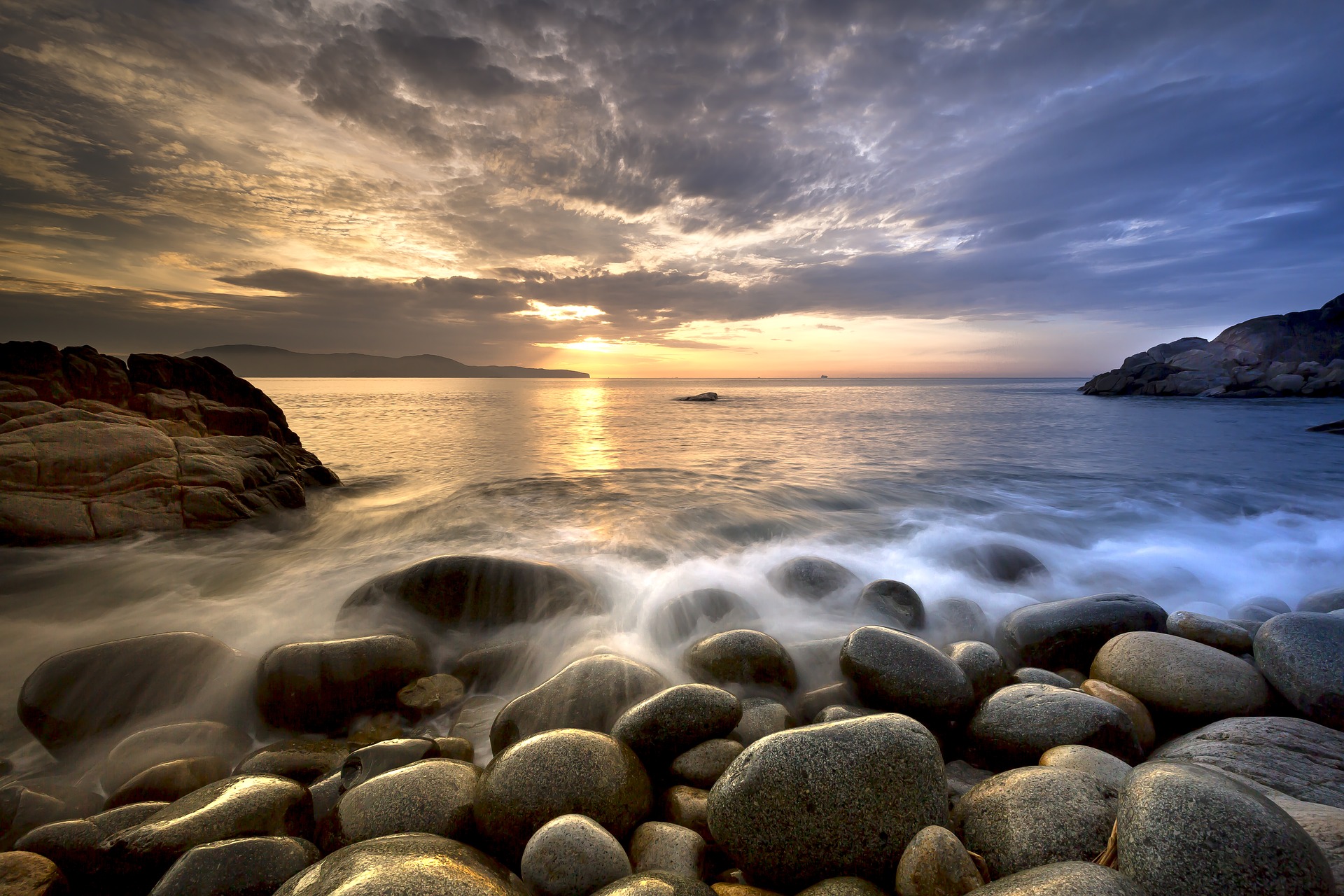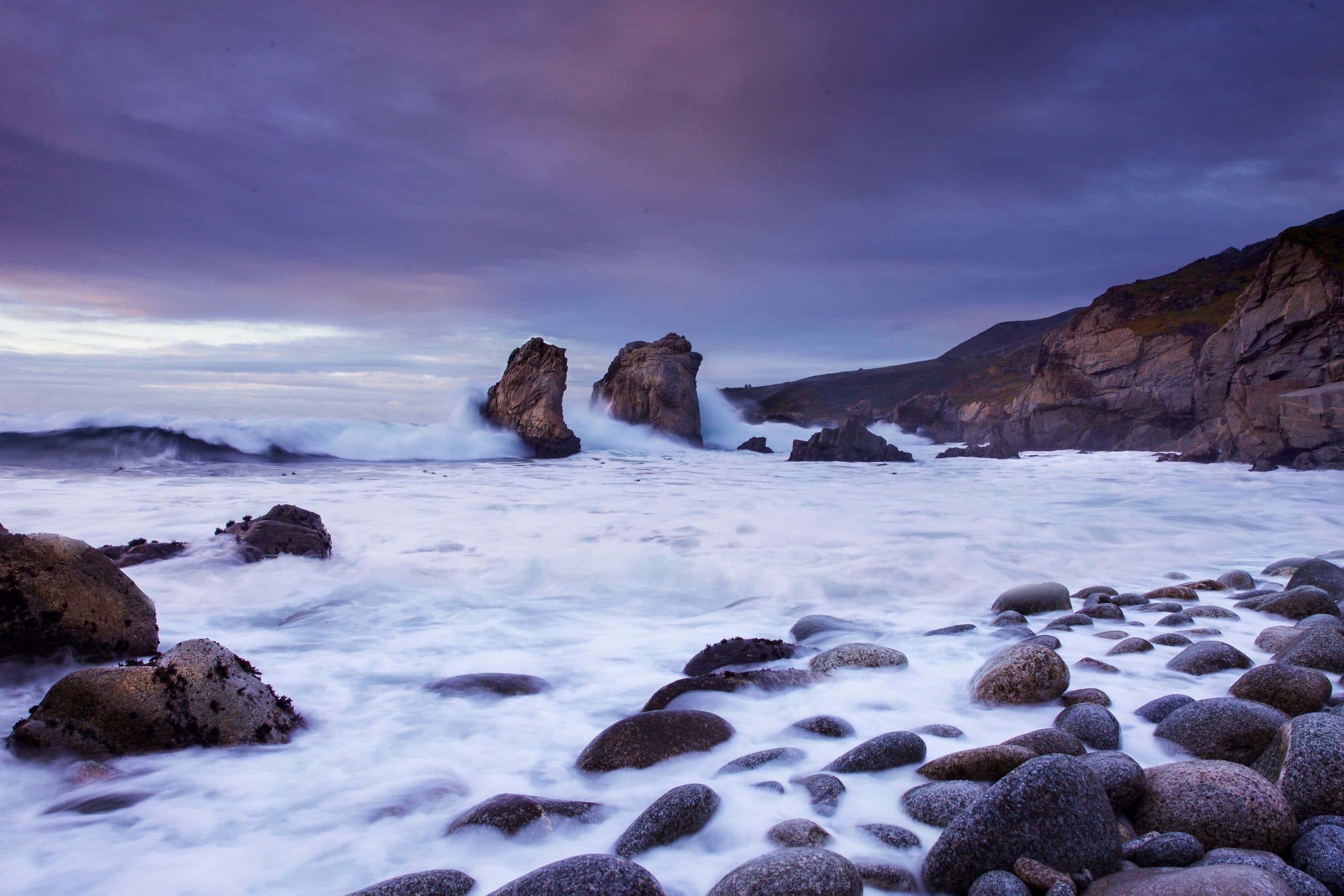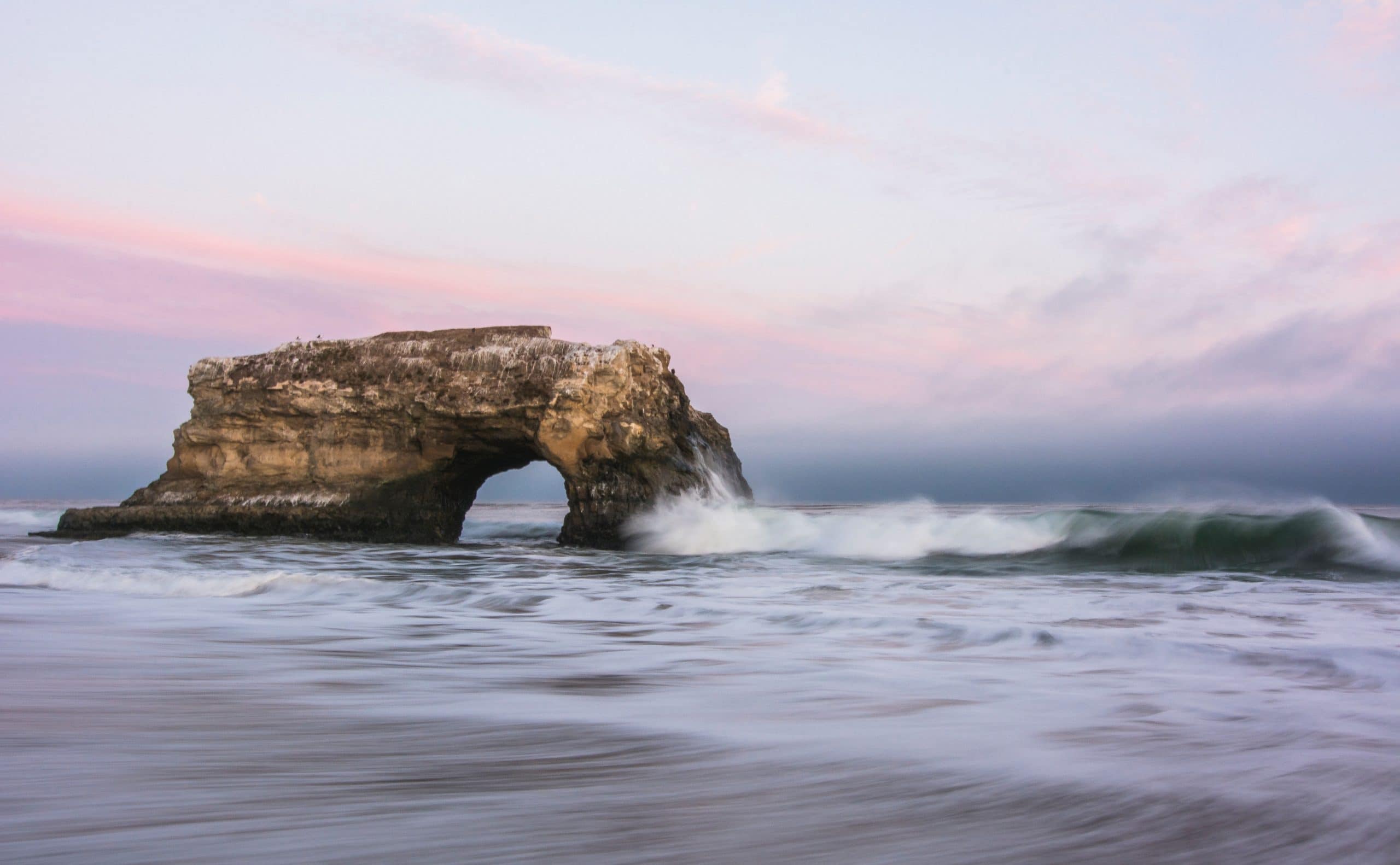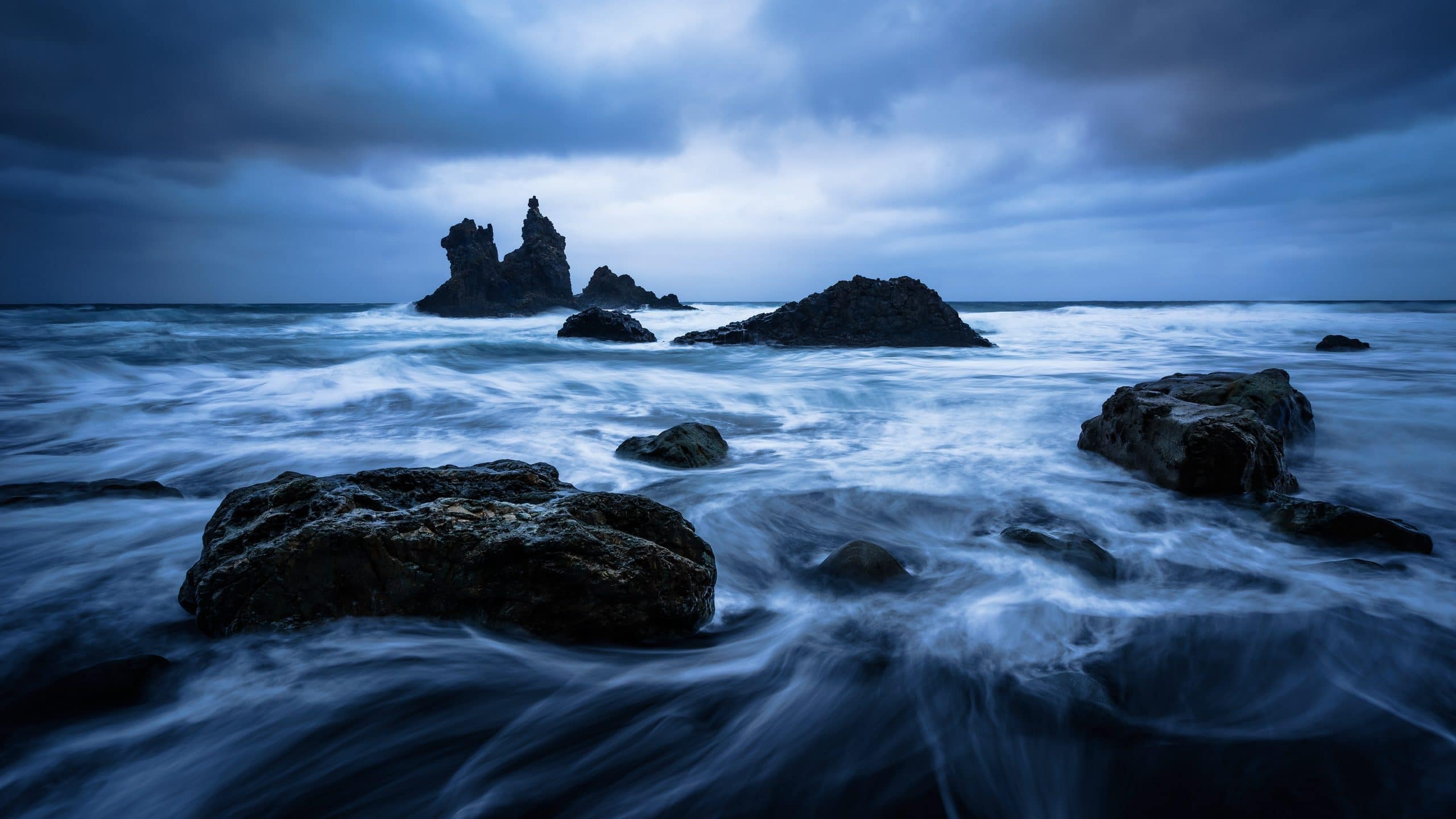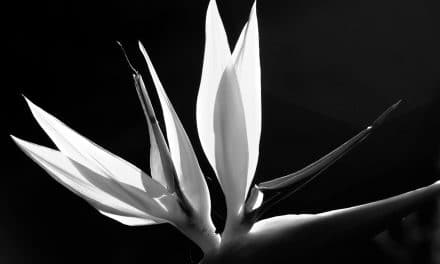Long-exposure ocean photography is absolutely stunning. By increasing your exposure time, you can capture ethereal images of water flowing over rocks, breaking against cliffs, and flowing smoothly. The effect of a long-exposure ocean photograph is absolutely incredible, especially when paired with a scenic landscape.
However, pulling off a great long-exposure ocean photograph isn’t easy, particularly if you are not an experienced landscape photographer. Luckily, you can quickly get better results if you follow a few simple tips and techniques, and ensure that you have the right photography gear.
To learn more and get started, take at this comprehensive guide to long-exposure ocean photography now.
1. Make Sure You’ve Got A Sturdy Tripod (And Keep It Stable)
The tripod is your best friend when it comes to any type of long-exposure photography, so ocean photography is no exception. We highly recommend investing in a very sturdy, strong tripod. Don’t just settle for a low-quality tripod you bought on Amazon – spend some extra cash and get a strong aluminum tripod. Expect to spend between $100-$200.
Why bother with a more expensive tripod? It’s simple – you’re probably going to be shooting in or near the water, for some of your shots. Your tripod is the only thing that will be keeping your camera from falling into the water, being blown over by the wind, or being thrown into the wet sand. For obvious reasons, you don’t want your expensive DSLR or mirrorless camera to fall over.
So make sure you purchase a really sturdy tripod. When you’re at the beach, plant the legs securely in the ground, as deeply as you can. This will ensure it won’t get knocked over by waves or high winds. You can take a look at some recommendations here.
2. Bring Along A Neutral Density (ND) Filter
If you don’t have a Neutral Density (ND) filter, your long exposure photography is going to be completely blown out by the sun during the daylight hours. A dark ND filter is absolutely essential for long-exposure ocean photography.
ND filters usually come in ratings of between 2-10 stops. An 8 stop ND filter will be your best bet for long-exposure photography. Don’t have an ND filter this dark? You can also use multiple ND filters and combine them for similar results – though we recommend investing in an 8-stop or higher filter if you’re going to be taken a lot of long-exposure ocean shots. A polarizer may also be useful, if you’re having issues with glare.
Note that it may be hard to see through the viewfinder when using these filters, so you will want to set up your shot before you put it on, or use the digital viewfinder to compose your shots.
3. Scout For A Location With Plenty Of Rocks And Water Movement
In most cases, you’re not going to want to photograph a calm beach or a bay. What you’re looking for is an area with plenty of jagged rocks, water movement, and high, powerful waves.
Why? Because what you’re trying to do with a long-exposure ocean photograph is capture a ton of waves – and use the long exposure to smooth out the water, and create a foggy, dreamlike effect.
This works best in areas where there is a lot of water action. In addition, seeing the foggy waves flow over and around the rocks is a truly breathtaking effect.
4. Use A Wide-Angle Lens For Up-Close Shots
If you’re shooting on the beach, and out towards the ocean, using a wide-angle lens is a great way to capture more of the beach, and add visual interest to your shot.
You’ll be able to add more of a sense of depth, because background objects – like islands, lighthouses, far-off coasts, and other such things – will seem farther away. Foreground objects will also look closer, so play around with perspective a bit by bringing a wide-angle lens along to your shoot.
5. Consider A Higher Vantage Point, If Available
If you can find a high vantage point, the effect of the ocean swell will become more minor – but it can be used to accent a variety of other visually-interesting objects. For example, you could focus on the sunset and the horizon on a cloudy day, and use the movement of the water as an accent for your composition.
This typically works the best if there is a visually-interesting, massive object like a cliff in the frame. Simply shooting on a gentle hill or a sand dune may not provide the best results, because there will not be as much contrast between the clouds, waves, and other objects in the photo. So do a bit of location scouting, and see what areas may offer the best shots.
6. Watch The Weather – Look For Overcast Days And Choppy Waves
Overcast days are the best time to shoot long-exposure photographs, particularly when you’re working with the ocean. There are a few reasons for this:
- Overcast days minimize glare and lens flare
- Your images are less likely to be overexposed, even with an extremely long exposure time (20-30 sec or longer)
- The movement of the clouds helps accent the foggy, ethereal appearance of “smoothed” waves
- Clouds can capture light from sunrises and sunsets, adding more visual interest to your compositions
In addition, you’ll likely want to shoot on a day that’s quite windy. More wind means more ocean swells and more water movement – and more water movement means a more visually-interesting long-exposure photo.
Shooting during sundown and sunrise is also a good idea. The sun’s rays will be less intense, so your risk of overexposure is lower, and the colors of the sunset or sunrise will make your photo more visually interesting.
Avoid days when the water is calm, and the weather is sunny and cloudless. Check the weather at your destination regularly to make sure it’s an ideal time to shoot. Be patient. Waiting for the right conditions is key for composing a truly beautiful, effective photo.
7. Don’t Be Afraid To Experiment With Shutter Speeds
If what you’re looking for is a truly serene, peaceful shot with smooth water that flows around objects and obstacles, you’ll want to go with a long exposure of at least 10 seconds – and you can even increase this to 20 or even 30 seconds, if you have a dark ND filter and weather conditions are appropriate.
A shorter, medium-length exposure of between 2-9 seconds will allow you to smooth out the waves, but still see more of the movement of the water, which can be very visually-interesting, in many cases – so take a few shorter-exposure shots, too, and see how you like the effect.
You can also take shots with very short exposures for unique effects. For example, you can photograph “water trails” left behind by receding waves. These white water trails are really cool to see, and can really take a landscape photo to the next level.
To capture water trails, you’ll usually need to use an exposure time of 0.5-1 sec. It depends on the flow of the water, so don’t be afraid to take a few shots and adjust. Make sure you take photos as soon as the water has come in, and starts to recede. You may need to stand in the water, so make sure you secure your tripod and don’t let go of it, or you may risk dropping your camera in the water.
Follow These Tips – And Improve Your Long-Exposure Ocean Photography!
If you’re just dipping your toes (pardon the pun) into the world of long-exposure ocean photography, this guide is sure to help you get started. Follow these tips, and you’ll be shooting breathtaking long-exposure ocean landscapes in no time at all.
Photo license links: Pixabay license, Unsplash license

